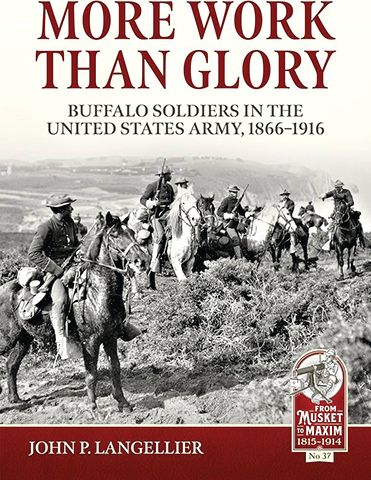 By Christopher Miskimon
By Christopher Miskimon
Soon after the Civil War, the United States Congress authorized the formation of six regiments of African-American troops, soon reduced to four. These units were the Ninth and Tenth Cavalry and the Twenty-Fourth and Twenty-Fifth Infantry. The army posted all four in the west, where they served for decades, fighting numerous battles and skirmishes with various Native American tribes. The Native tribespeople nicknamed the black troops ‘Buffalo Soldiers.’ After the Indian Wars, these troops went on to fight in the Spanish-American War, the Philippine Insurrection and the expeditions against Pancho Villa in Mexico. Their presence and significance in opening the American West to outside settlement is notable, as was their bravery in action. Twenty Buffalo Soldiers received the Medal of Honor.
This new study of African American soldiers between the Civil War and World War I is well-written and illustrated with many period photographs. The author strives successfully to present their story by focusing on the soldiers themselves and the broader society and situation in which they served. He also presents facts about their service to counter prevailing misconceptions.
More Work than Glory: Buffalo Soldiers in the United States Army, 1866-1916 (John P. Langellier, Helion Press, South Yorkshire UK, 2024, 322 pp., maps, maps, photographs, bibliography, index, $25, SC)

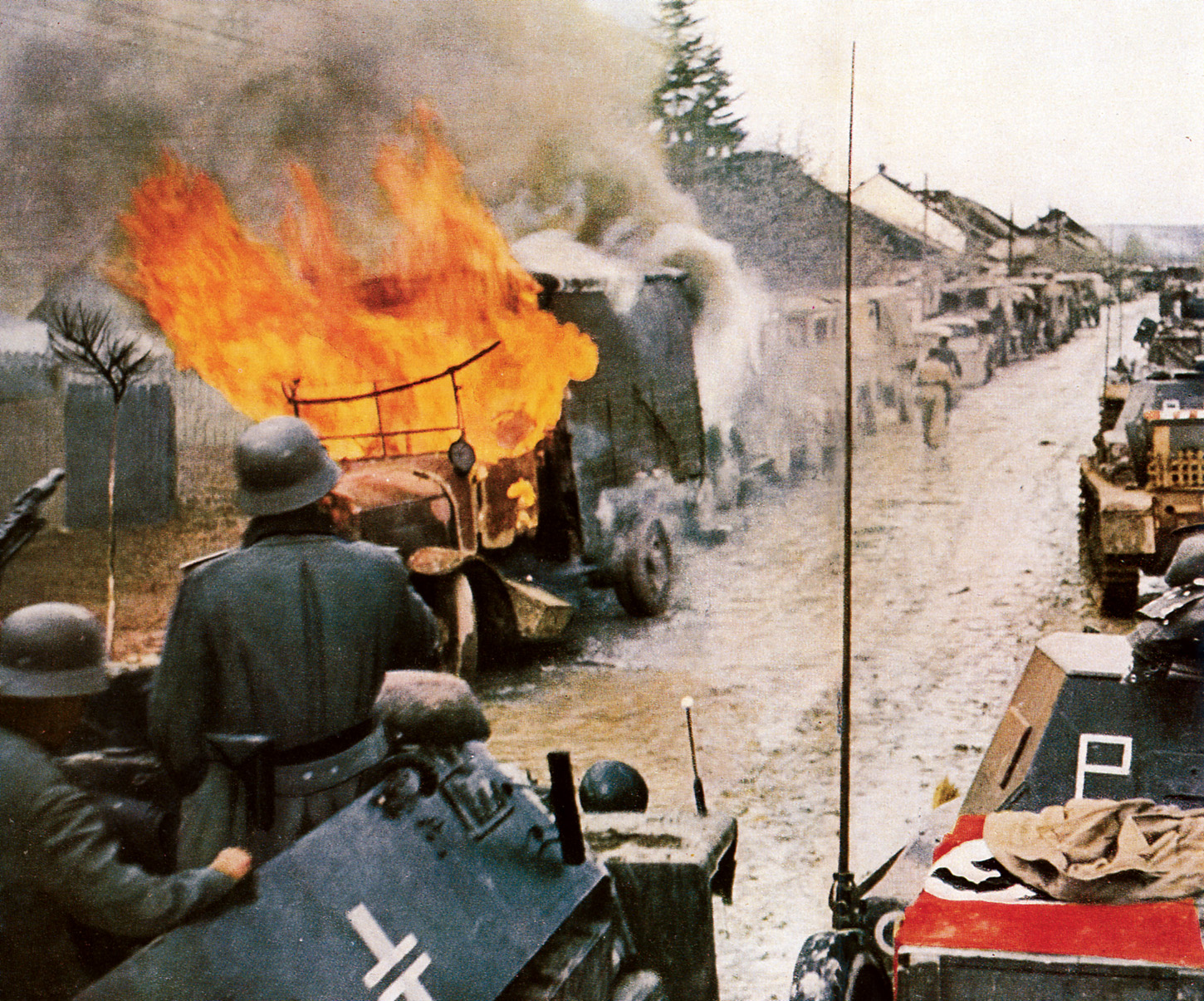
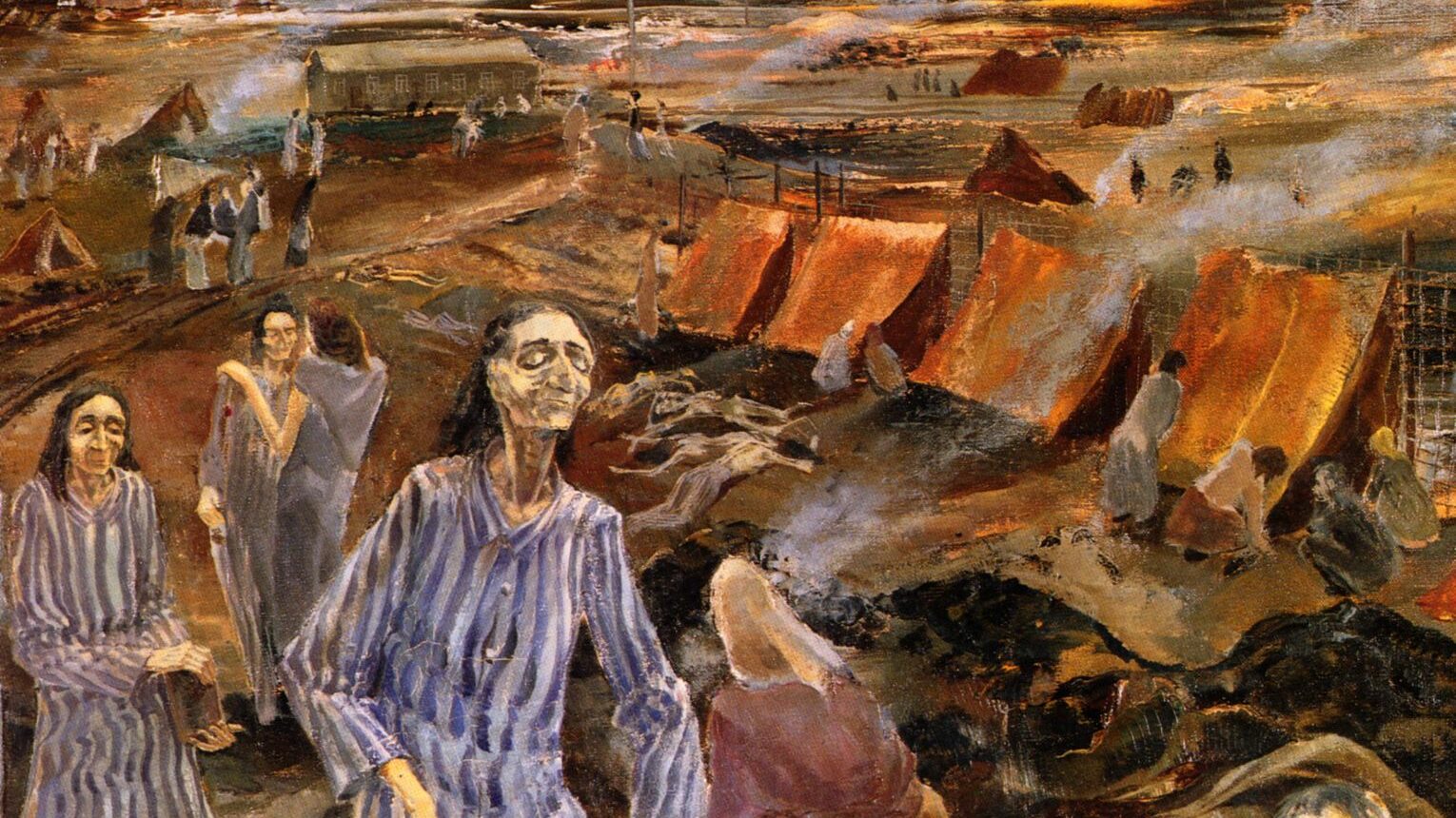
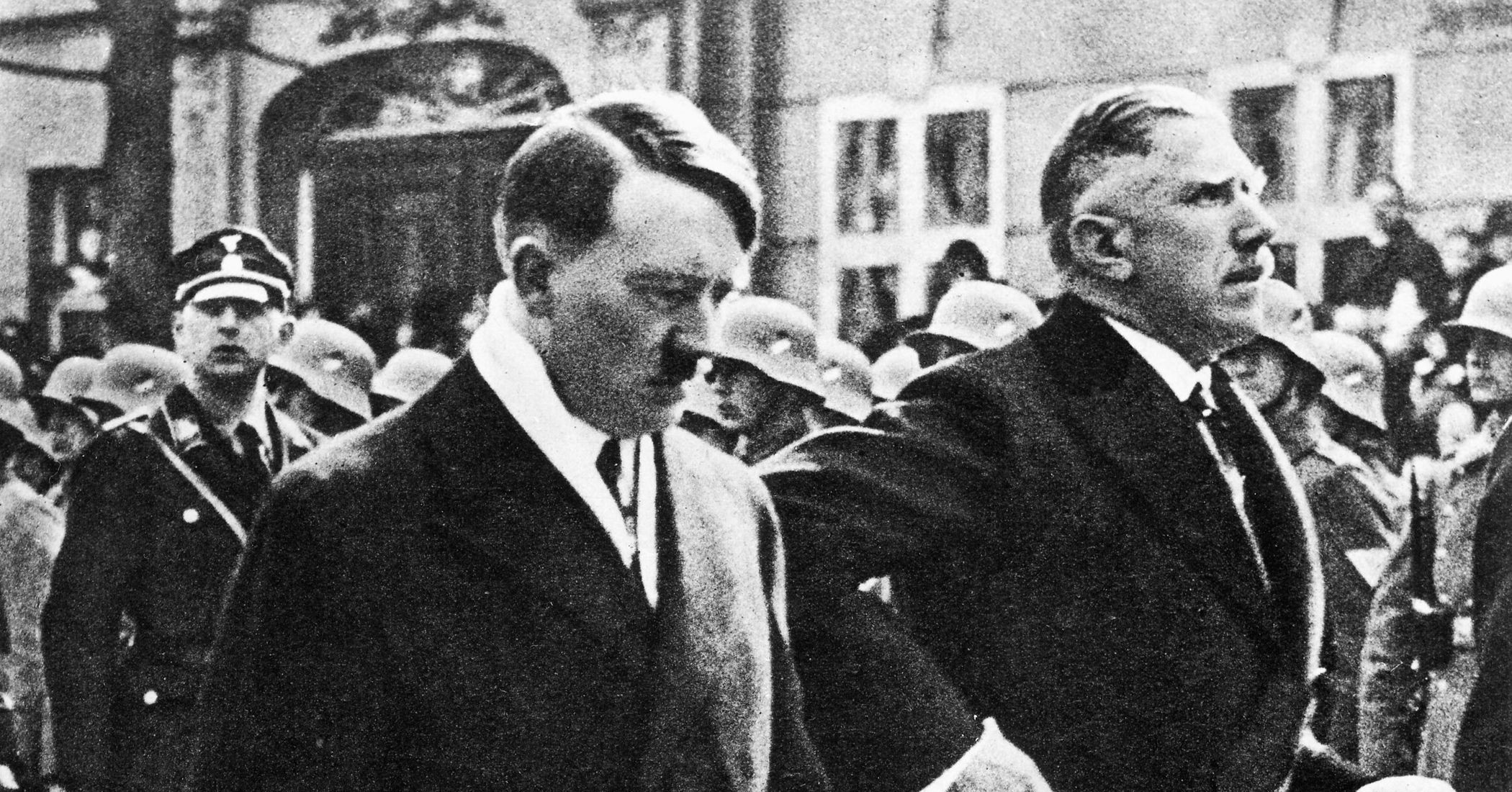
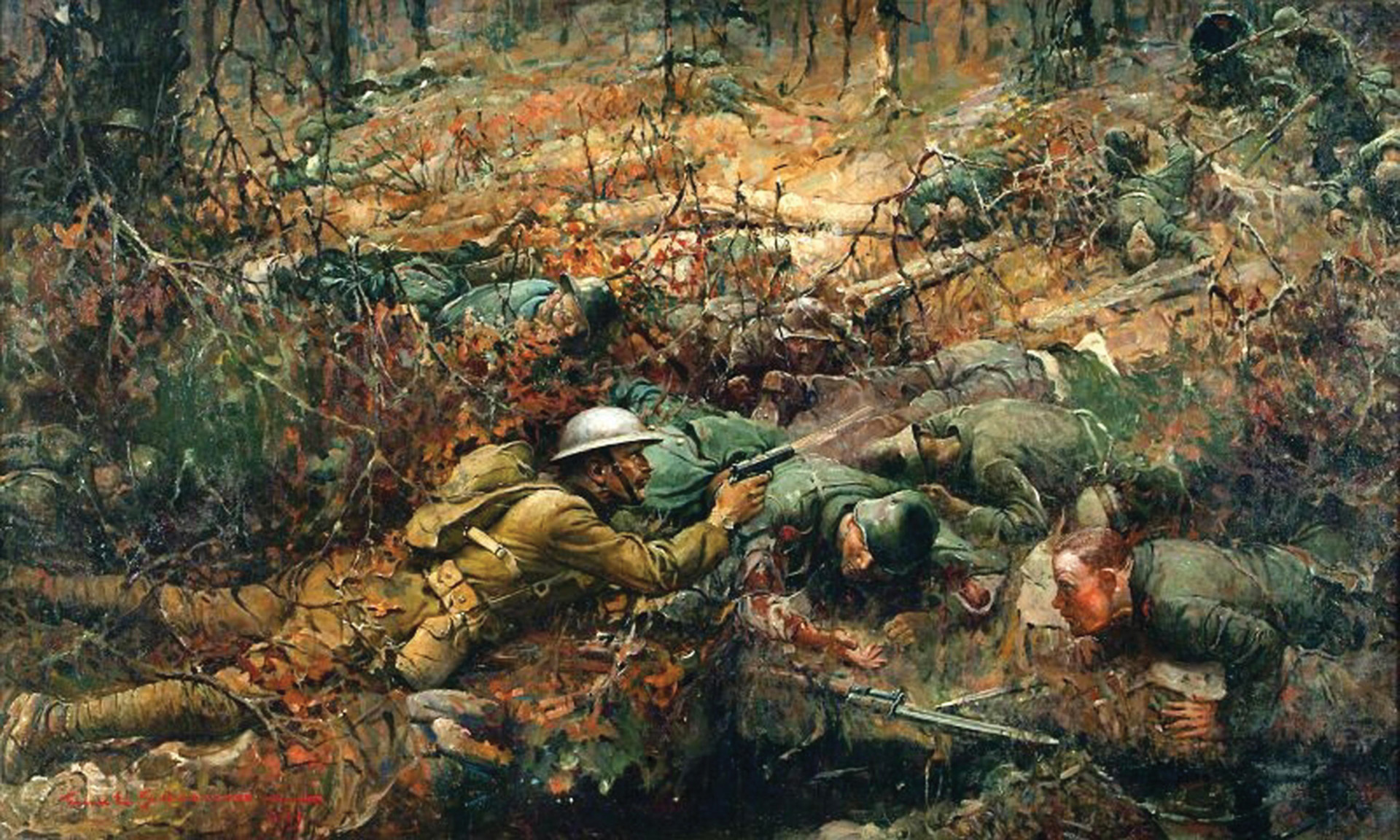
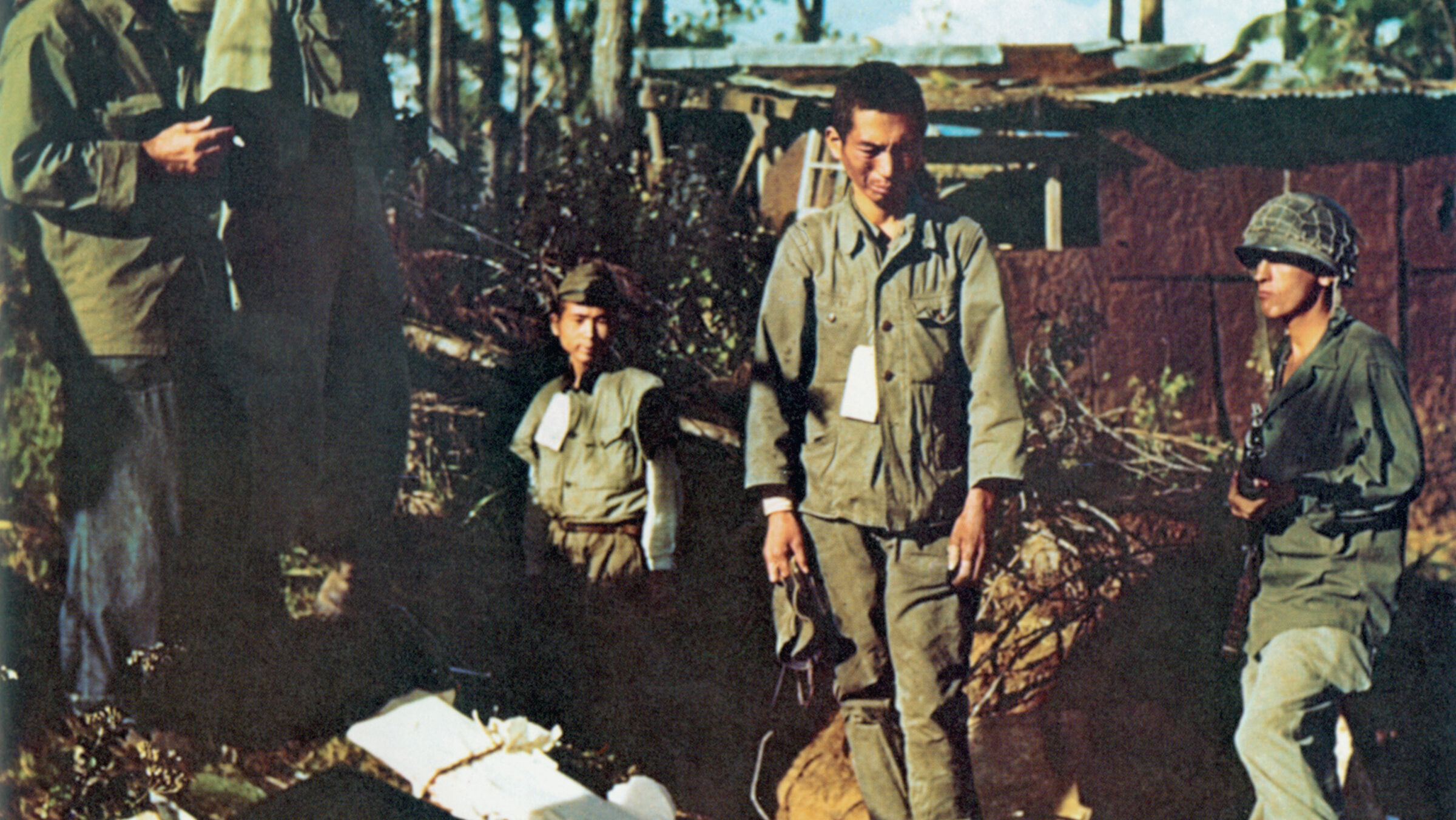
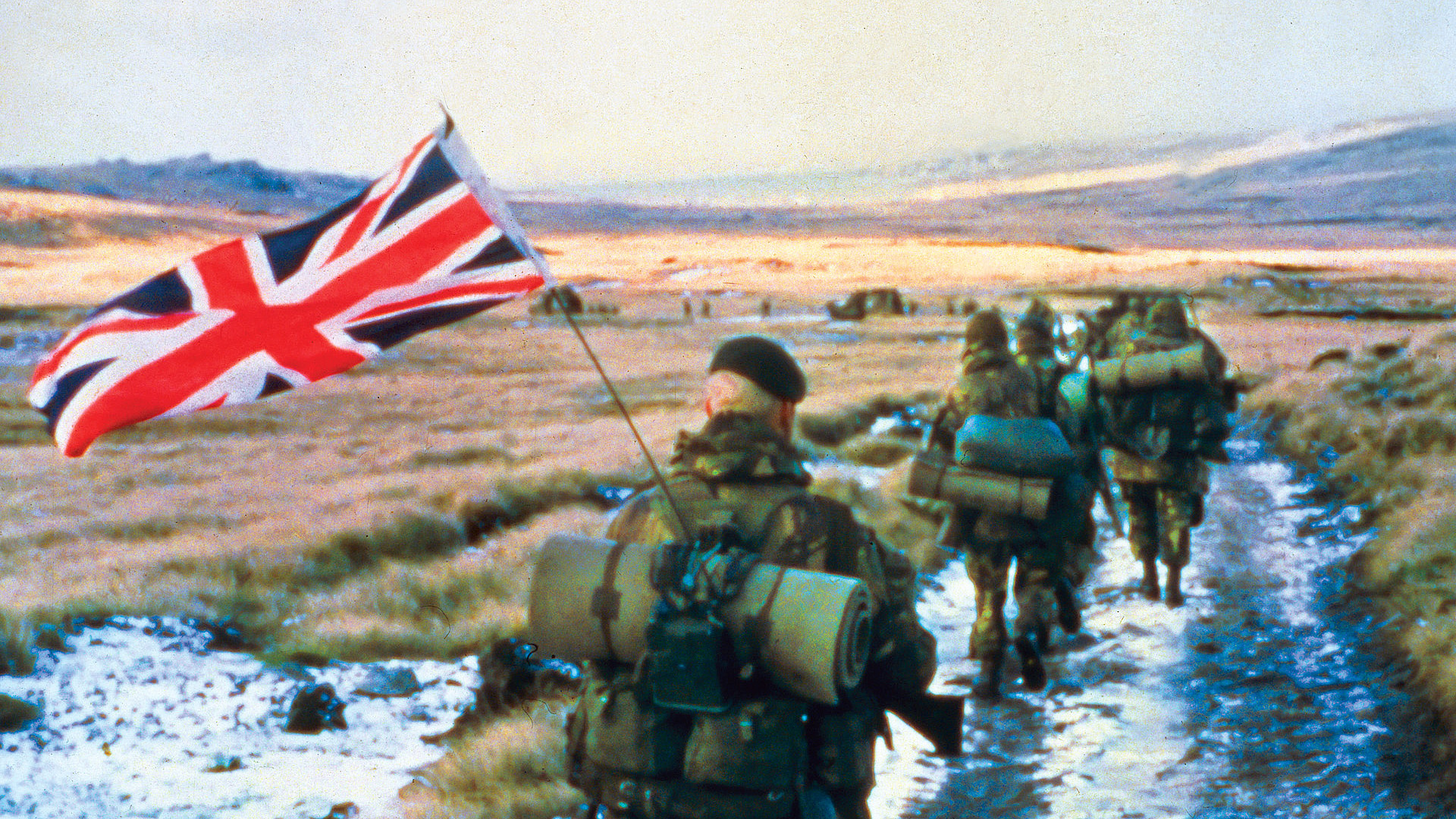

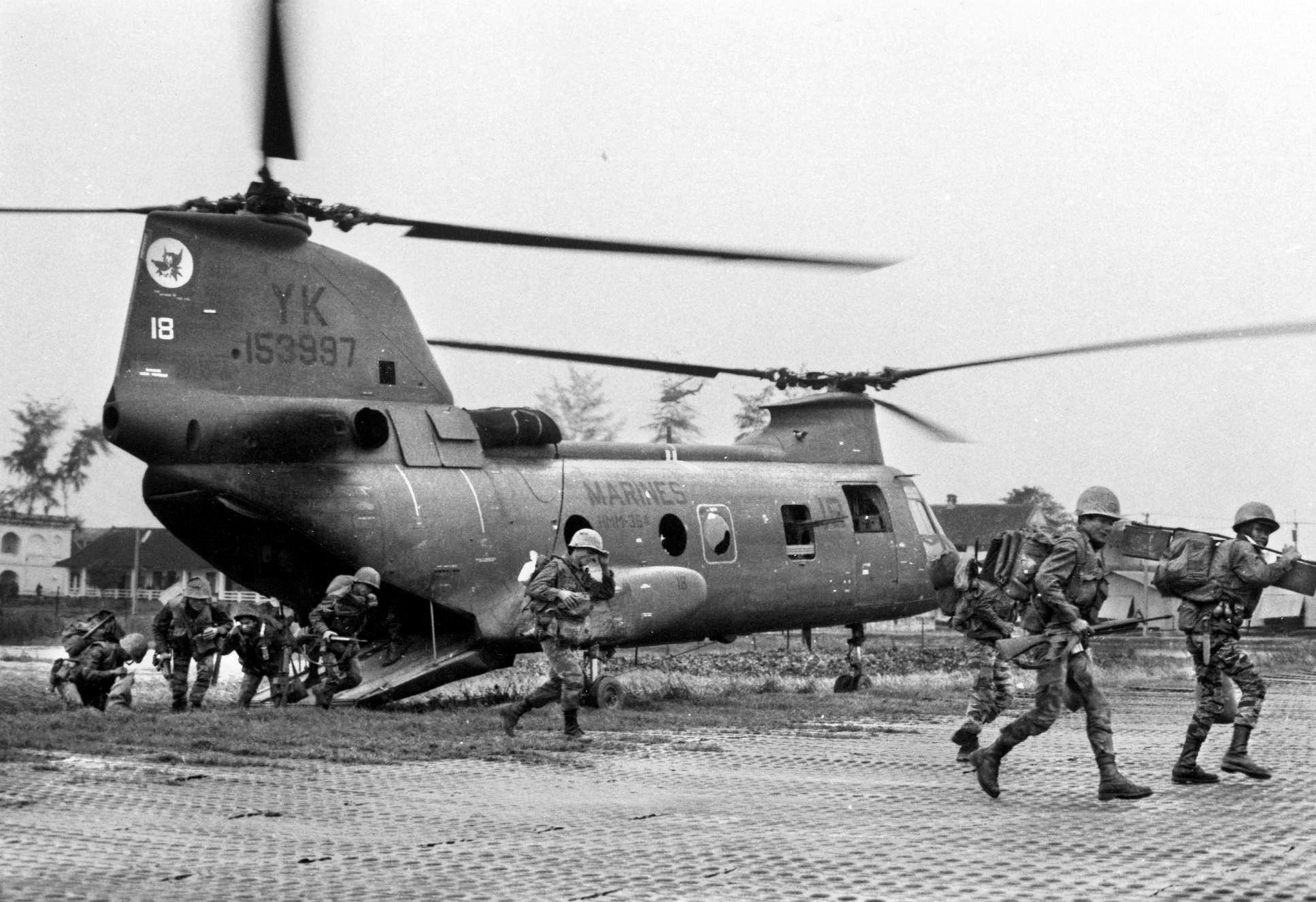
Join The Conversation
Comments
View All Comments